The future of inclusive theatre with James Scotland, co-founder of Khaos and co-curator of The Sunday Art Club
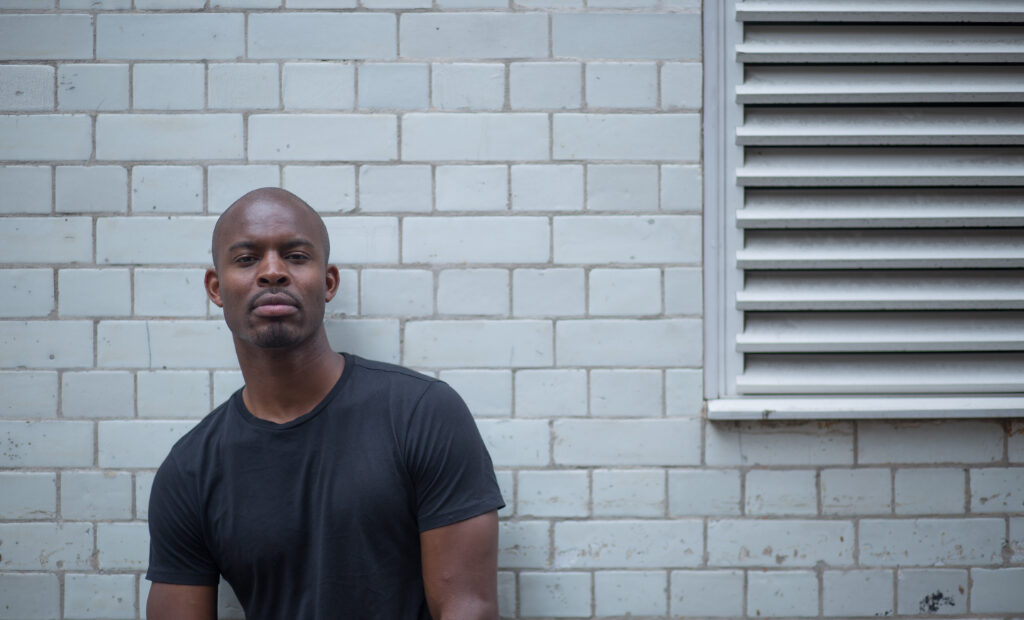
James Scotland is co-founder of the Black-led theatre company Khaos and co-curator of The Sunday Art Club, a new socially distanced arts festival taking place in Shoreditch. It showcases performances in theatre, jazz, film, live DJs as well as visual art installations, which will also be streamed online.
We spoke with James about this exciting popup taking place throughout August and September.
Hi James, thanks for taking the time to have a chat with us.
Could you tell our readers a little bit about the work you’ve done at Khaos and how you co-founded this Black-led theatre company?
James Scotland: At Khaos (formerly Outer Gaea Company), we’ve produced plays and initiatives in the UK, USA and Slovenia. Based in London and Miami, it was very important to us early on that our work eroded borders and unified audiences, and we needed the majority of our actions as a company to typify that. A theatre company making provocative work on the fringes of society or for a solely London-centric audience, for example, wasn’t going to be enough.
We debuted in 2018 with Tom Topor’s Answers, before taking a giant leap across the pond to New York City and staging the US premiere of The Ballerina by Anne-Sophie Marie at Theaterlab NYC. The Ballerina, a dark political comedy that sets out to question colonial legacy on the African continent, opened to sold-out audiences and has since become our flagship show.
I co-founded Khaos in the wake of graduating from the American Academy of Dramatic Arts with fellow alumni who all yearned for a different way to tell stories and a means of reviving the holistic practices of the repertory theatre system.
As a Black British actor who was trained in America, and felt very despondent about representation, I desperately needed to create work that not only reconstituted the expression of what the Black experience could be but also encouraged Black audiences to feel that they could engage with the classics and contemporary narratives that otherwise hadn’t been marketed to them. In 2013, Khaos was just an idea but by 2019 we got our first taste of that idea becoming real with The Ballerina.
What was your first involvement in the arts sector?
JS: I joined the National Youth Theatre of Great Britain in 2008 where I cut my teeth as an actor. It was a baptism by fire. I loved the world I was entering but also struggled to keep up with it. It served as a crash course into the theatre profession where I found myself acting in the West End, thrust into a debut at the Arts Theatre followed by a run at the National Theatre, premiering Michael Leslie’s Prince of Denmark. This lucky experience imbued a sense of perspicacity in me that I was to take to drama school and later into Khaos.
Can you describe the process behind co-curating The Sunday Art Club?
JS: Trix Mendez (AD at OTZ) and I co-curate the line-up with a keen interest in representing diverse art forms and artists at various stages of their career. It’s very important that The Sunday Art Club (TSAC) showcases artists at the top of their game while also making space for new work to be tested in front of a live audience by artists who are underrepresented. TSAC is hosted by Voxonica (Shoreditch London) and co-produced by Khaos and Outside The Zone.
Ultimately, all parties want to create an environment that enriches the local community and the London arts eco-system, so we’re continually assessing the best ways to achieve this through curation and the event as a whole.
Was the response quite extensive and the proverbial net thrown far and wide to attract a wide range of artists?
JS: It absolutely was. We received submissions from every type of artist with the exception of comedians and circus performers, and I naturally made a beeline for those two art forms. With the plans we have to expand TSAC, it will be easier to cater to a greater range of performances and curate an experience that is ever-evolving.
It became apparent early on in the submission process of the need to mitigate the costs of particular performers lest the platform indirectly discriminates against certain artists. For example, musicians who may have large instruments and a complete band to transport. Though a not-for-profit platform, the barrier to entry had to be reduced to zero where possible and that’s exactly what we’ve done to ensure we continue to attract a wide array of artists.
Could you describe the impact Covid-19 has had on organising this festival and some of the challenges you and your team have faced in putting it all together?
JS: Covid-19 has made it imperative that we prepare for multiple scenarios; whether it’s issues that may unfold during the festival or being able to respond quickly to government guidance should another lockdown be decreed a few days before we’re due to open. That state of readiness is the key thing and I’m happy to say that the more we’ve invested in that, the easier it has been to focus on artistic creativity which is the core of what we do.
Can you talk us through the ways in which you made this festival safe to visit for the public?
JS: We’ve worked to be in accordance with government guidance, as well as to monitor the festival in real-time and respond to any unforeseen circumstances that could arise. We also follow the local authority’s guidelines (re capacity) and ensure a 1 in 1 out policy once capacity is reached. PPE is available for everyone in confined spaces, with an emphasis on event staff who are client-facing.
We programme most of the performances outside with a few intimate performances taking place inside with a limited audience. It’s really important that the event is Covid-19 secure and represents a way of re-introducing small scale performances that are both sustainable for producers and welcoming for the public.
What was the process like in selecting the artists?
JS: The process has been a joy and is when it all mostly feels like magic. There are lots of artists that we admire and it’s wonderful being able to programme them and support their work, but then there are the amazing artists that you don’t know and to receive their submissions opens up new possibilities to really create an eco-system we haven’t seen before.
One example is Katja Larsson, a visual artist who exhibited at The Armory Show earlier this year and will be exhibiting new works from her Mythologies series in September that will push the use of the space and redefine our curation.
The festival is free to visit in person and online and donations are welcome. How did you and your team manage to maintain the popup in this entirely non-subsidised way?
JS: That’s the million-dollar question and one that every artist contends with at some time or other. The truth is, it’s a labour of love, dictated by the times and driven by the needs of the artists to express themselves and by the audiences who attend to experience live performance.
However, despite mitigating the costs for artists to perform and creating a means for genuine profit share, failing to secure the appropriate investment/subsidy, TSAC won’t be sustainable long term, and that’s the reality now more than ever. But Trix and I are optimistic and grateful for Shoreditch London being behind this as much as they are. This is what artists have always had to contend with, and as a theatre-maker myself, it’s the relationships that you’ve nurtured in the past that enable these great collaborations.
The Sunday Art Club had its first debut in July. What was the public’s response and what were your favourite moments from it?
JS: I was both amazed and humbled to see the festival so well attended and took pride in the atmosphere that we were able to create. It’s a lovely thing when fellow artists attend your event and comment on how comfortable they feel just being there, that’s success for me. It really showed that people desired this form of connection and the environment in which to access it. It was great to see what worked really well and where we could improve.
The eclectic range of artists was a definite win-win with the audience, creating a kind of organic flow to the programming where no one quite knew what to expect but were eager not to miss anything.
I struggle to pinpoint a favourite moment as every artist was hand-selected, so to speak, and so with every performance, there was a personal investment. But if I have to choose, Kollier Din-Bangura, performance artist and gallerist, gave a particularly noteworthy performance titled “ I ~ “ which culminated in a 5 and ½ hour meditation atop our freight container. The energy he invested in his performance was otherworldly and left every guest speechless. It was with that that the powers of multidisciplinary performance were laid bare and the catharsis served as a resounding bridge between art forms, complementing each other in ways we did not foresee.
What do you believe is the future of live events, taking into account the huge effects that Covid-19 has had on the arts?
JS: I think the future of live events is a very cautious version of what was there before. Vaccine or no vaccine, few establishments can commit such huge resources to events and productions knowing that ticket sales will likely fall short of necessary targets.
Our VAULT Festival production of The Ballerina was recently confirmed for 2022 having been postponed due to Covid-19 in March 2020. A wise choice not to risk it in 2021 I feel, and that looks to be how the whole industry is thinking.
But I take solace in what we all know, and that is that the thrill of live performance is second to none, and I’m confident that creatives will shoulder this new responsibility and grasp the opportunity to craft compelling content that is both innovative and heightens our story-telling in the long run. There lies a potential silver lining for the artist.
Selina Begum
Photo: Jasmina Haskovic
The Sunday Art Club will be on at the Voxonica and online on 30th August and 27th September 2020. For further information and to book please visit The Sunday Art Club’s website here.
Watch the trailer for The Sunday Art Club here:

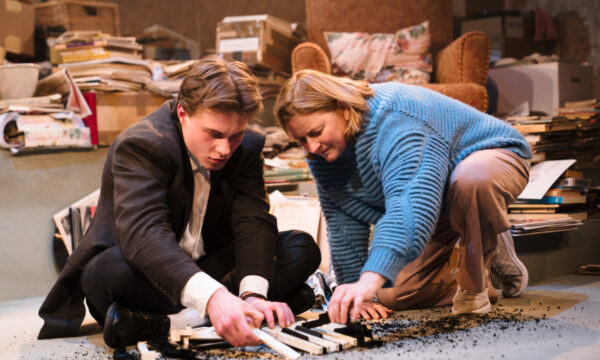
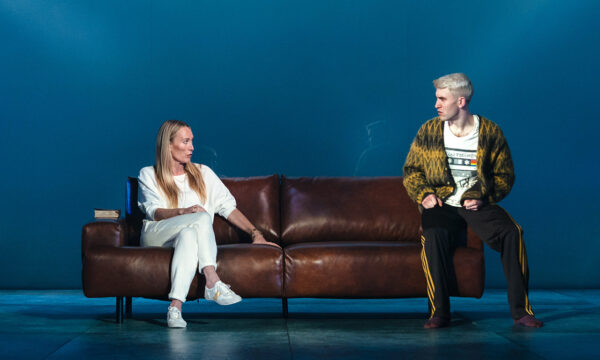
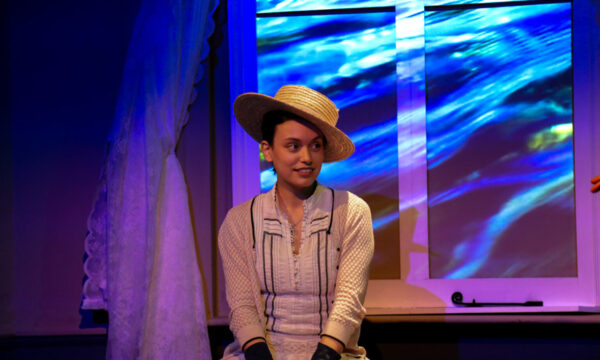
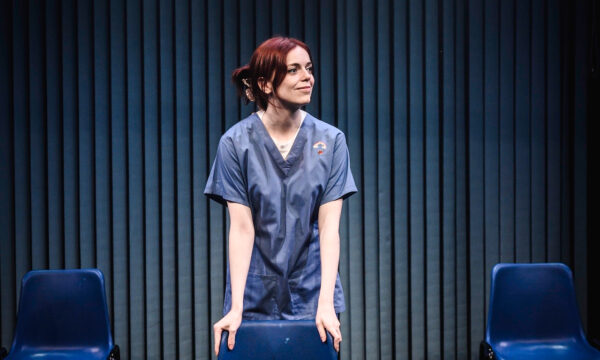
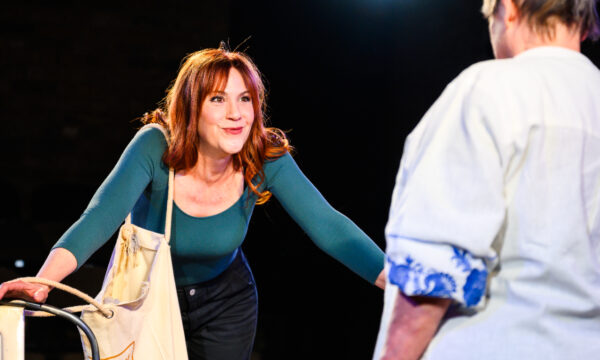
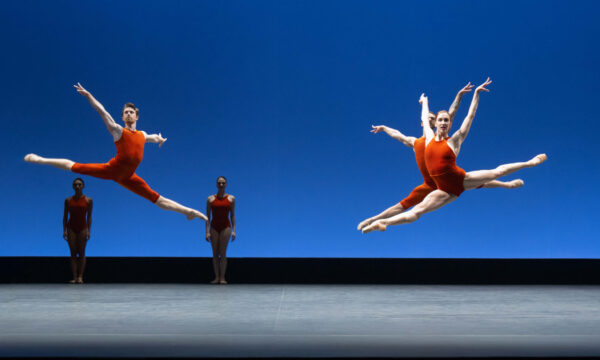

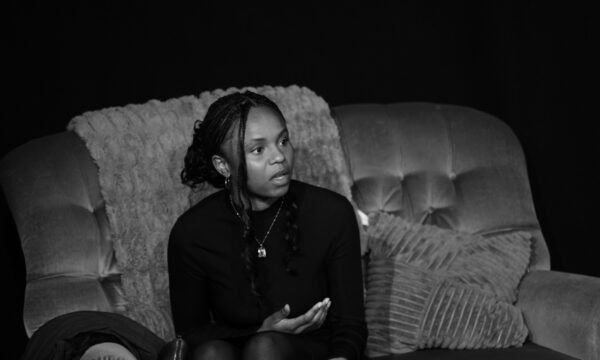
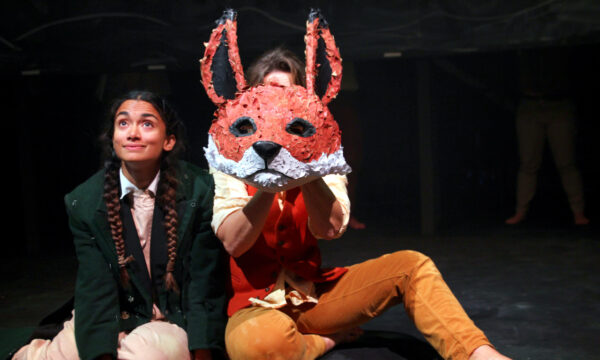







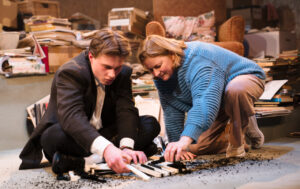
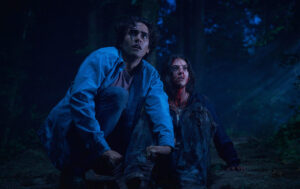
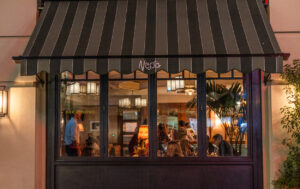



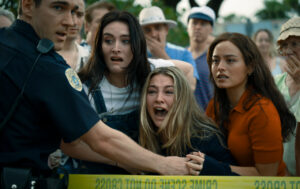
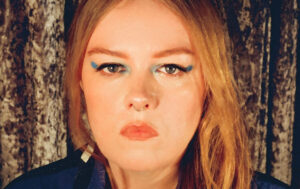
Facebook
Twitter
Instagram
YouTube
RSS